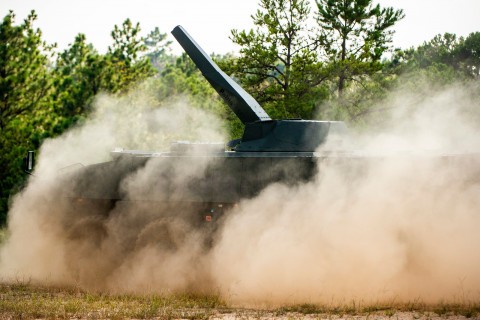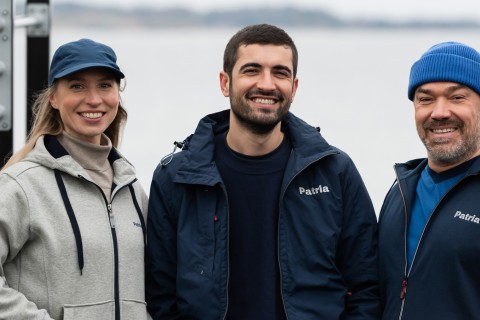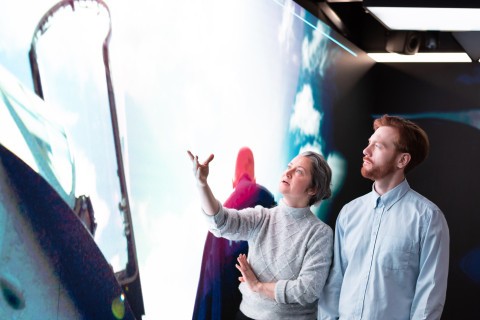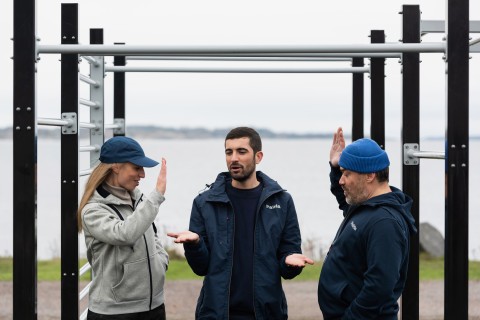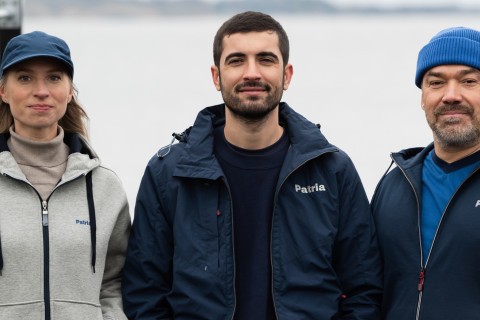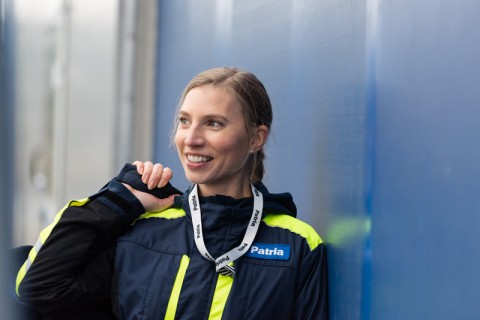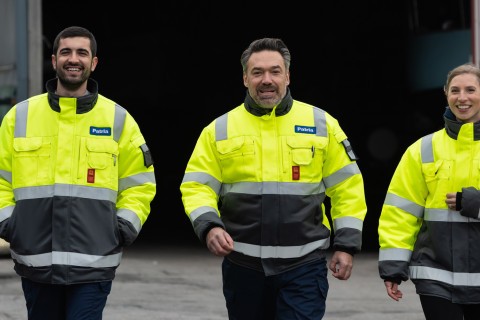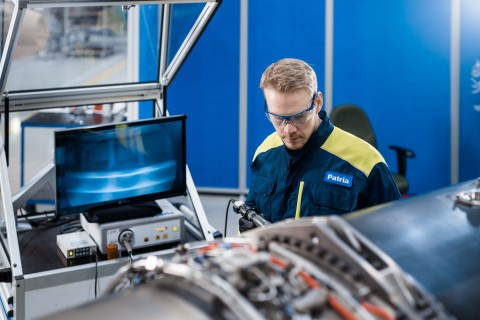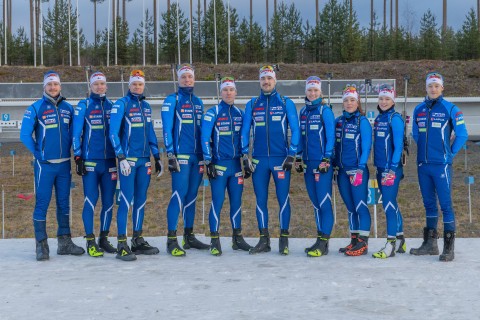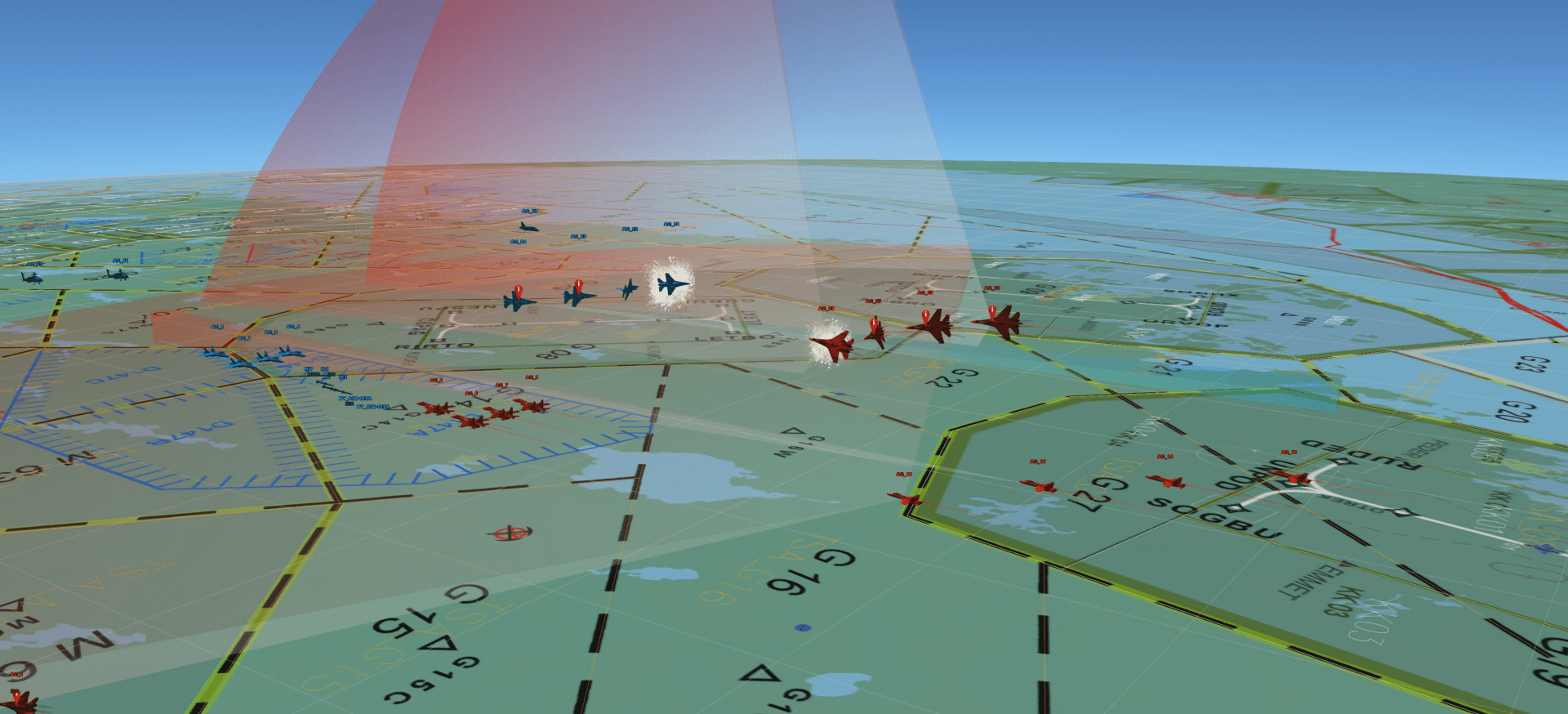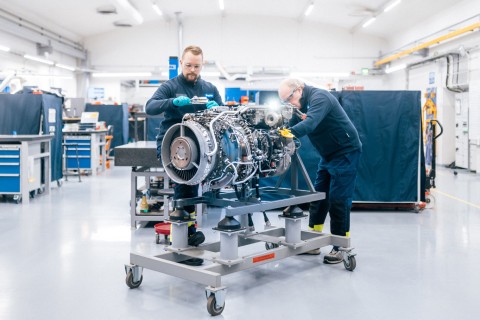
4.10.2024


Debriefing systems are critical tools for training. There is little added value in organising a complex and challenging training exercise if the tools used to draw the lessons are not up to the task. And in a world where concepts such as “joint exercises” and “multi-domain integration” have come to dominate doctrine, technology and theatres of operations, debriefing tools are more critical than ever.
Leveraging over a decade of experience building training and debriefing tools, Patria has developed the Tactical Debriefing System for Joint Forces - Patria TADS. Operational since 2010, the TADS benefits from years of feedback and experience to offer customers a tool that not only serves to learn from us and our actions, but also from each other and our interactions. Platform agnostic, it is a critical tool for strengthening armed forces’ skills and joint interaction.
Training jointly
Today’s military operations are carried out across multiple domains. From space to seabed, across physical – space, air, land and maritime – and non-physical – cyberspace, information environment and electromagnetic spectrum – domains, armed forces are now forced to look beyond their own operational environment to achieve joint, multi-domain operations.
Yet this is no easy feat. Each branch of the armed forces has its own doctrine, modus operandi and references. As such, operating jointly across domains can create misunderstandings, lead to mistakes and, ultimately, endanger the mission. That is why joint training is critical, and debriefing essential, to foster better understanding and coordination.
Leveraging over a decade of experience building training and debriefing tools, Patria has developed the Tactical Debriefing System for Joint Forces - Patria TADS.
One of the key features of Patria TADS is its ability to facilitate such joint debriefing. TADS is a scalable system, which means it can provide feedback from single operator exercises all the way to large scale scenarios with multiple aircraft, ships and/or any other platform included in the exercise. In other words, TADS is platform agnostic.

To start the debriefing, trainers just have to download data from all participating platforms and share it from a master workstation across the network of connected users all using the same software. Patria TADS supports multiple data formats and, should a new format be introduced in the exercise, Patria supports the integration of the new format as well.
This means that TADS allows sharing both across different arms of the armed forces and across multiple locations.
Just as importantly, TADS allows trainers to import Joint Mission Planning (JMPS) overlay and threat order of battle files to ensure a comprehensive joint debrief against initial operational objectives.
Training better
A mission can be a success on multiple fronts, but it does not necessarily mean that it achieved all its objectives. Where joint operations are concerned, in particular, the mission may have succeeded but the jointness of the mission may not have achieved its full potential – which could lead to even better results.
Where joint training is concerned, a critical feature of the debriefing tool should be the ability to analyse each participant’s actions from multiple angles. Patria TADS has been designed precisely for such purpose.
Featuring multiple displays, Patria TADS can project different types of information simultaneously to ensure a comprehensive debriefing. It can replay time-space position information combined with event data from multiple sources, so that air, land and sea platforms can get a better picture of their ability to position themselves around – and against, for red teams – each other. It can replay video files synchronised with recorded data to visually complement the time-space position information.
Patria TADS facilitates joint debriefing across multiple domains, ensuring better understanding and coordination among armed forces.
Finally, it is able to analyse and visualise data from different perspectives in multiple views, leveraging onboard cameras to provide a full view of actions, positions and interactions.

TADS also allows trainers to run different scenarios through its ‘what if’ function. This facilitates a better understanding of the positive and negative consequences of various actions. A successful debriefing session is a session that occurs directly after the training has taken place. Cognisant of such imperative, Patria has developed TADS to be easy to use and set-up. In only a few minutes, data is imported from data source and analysed, together with weapon simulation.
Finally, TADS has also been designed to connect to Live Virtual and Constructive (LVC) exercises systems allowing real-time monitoring.
For today’s and tomorrow’s challenges
If the conflicts that have erupted in the past decade – e.g., Nagorno-Karabakh, Ukraine – have taught us anything it is that new technologies – such as unmanned systems – become ubiquitous to theatres of operations at unprecedented speed. It is evident, in such context, that training and debriefing tools should be designed to follow and quickly adapt.
Patria aims to support armed forces with a solid and future-proof roadmap for Patria TADS, including AI-driven capabilities for complex multi-domain battlefields.
Developed in 2010 for the Finnish armed forces, TADS benefits from a decade of crucial customer feedback that has enabled it to evolve throughout the years. Building on such strength, Patria has a solid and future-proof roadmap for TADS. It will include integration of a wider variety of platforms and will also introduce new AI-driven capabilities to train better operators in complex multi-domain battlefields.
Patria’s goal is to support the armed forces in training excellent operators, both as single individuals and as part of joint operations, thus contributing to mission success – on all fronts.
What did you like about the article?
Thank you for your opinion! You can share the article on social media using the buttons below:
